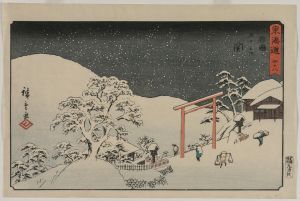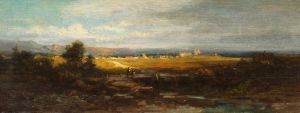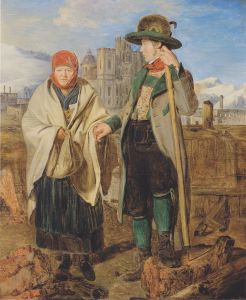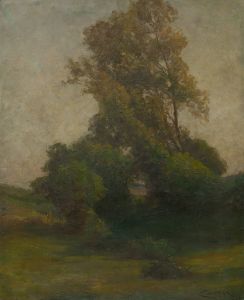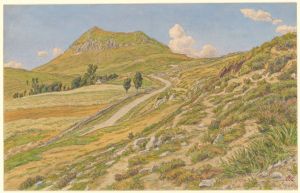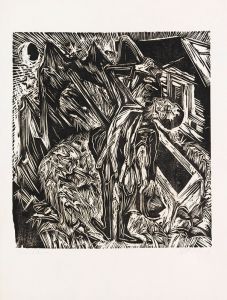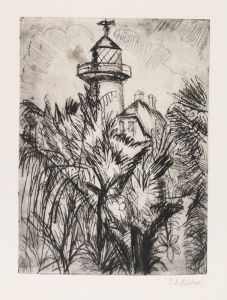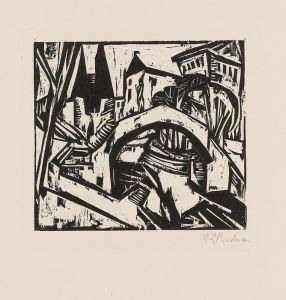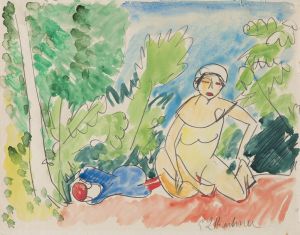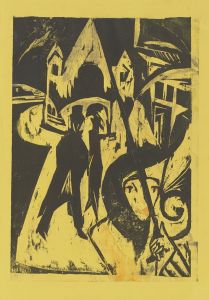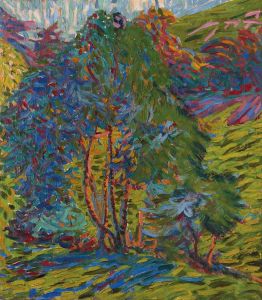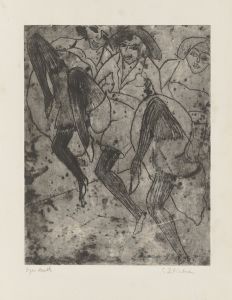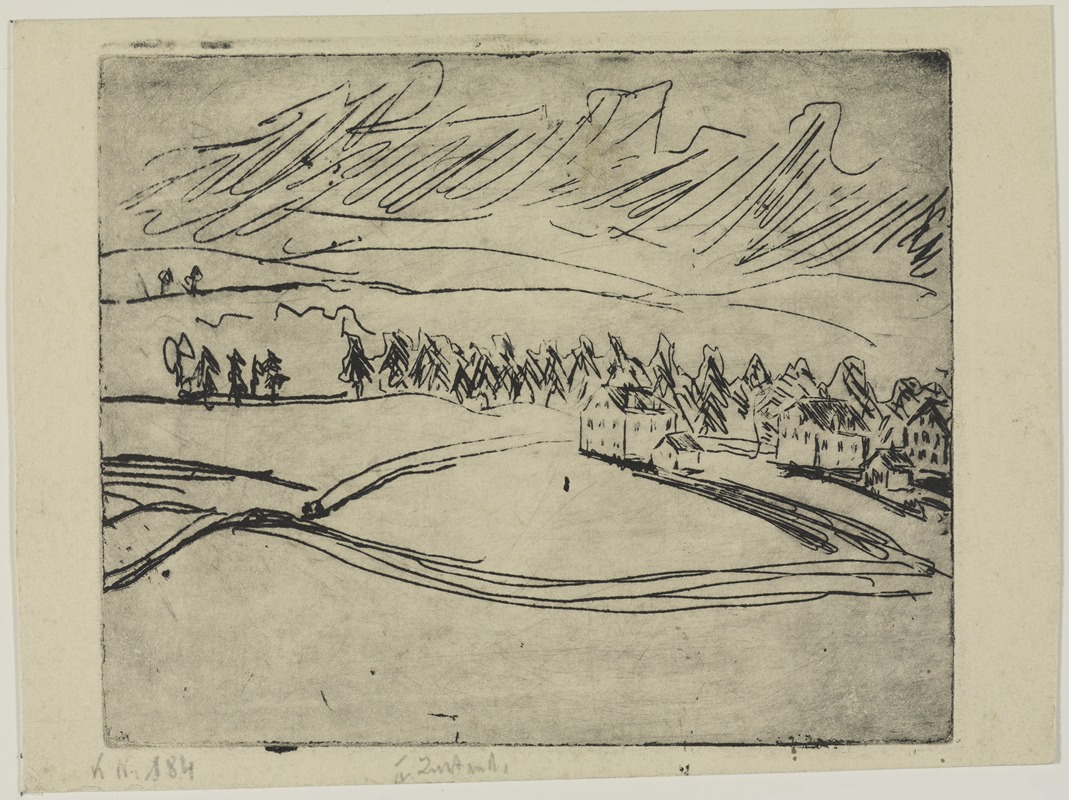
Äcker und Häuser im Erzgebirge
A hand-painted replica of Ernst Ludwig Kirchner’s masterpiece Äcker und Häuser im Erzgebirge, meticulously crafted by professional artists to capture the true essence of the original. Each piece is created with museum-quality canvas and rare mineral pigments, carefully painted by experienced artists with delicate brushstrokes and rich, layered colors to perfectly recreate the texture of the original artwork. Unlike machine-printed reproductions, this hand-painted version brings the painting to life, infused with the artist’s emotions and skill in every stroke. Whether for personal collection or home decoration, it instantly elevates the artistic atmosphere of any space.
Ernst Ludwig Kirchner was a prominent German expressionist painter and one of the founding members of the artist group Die Brücke, which played a pivotal role in the development of modern art in the early 20th century. His work is characterized by bold colors, dynamic compositions, and a distinctive style that sought to express emotion and subjective experience rather than depict the world in a realistic manner.
"Äcker und Häuser im Erzgebirge" (Fields and Houses in the Ore Mountains) is one of Kirchner's notable works, reflecting his deep connection to the landscapes and rural settings of Germany. The Ore Mountains, or Erzgebirge, are a mountain range in the German state of Saxony, known for their picturesque landscapes and rich cultural history. This region provided Kirchner with a wealth of inspiration, particularly during the periods when he sought solace and rejuvenation away from the bustling urban environments.
Kirchner's depiction of the Erzgebirge in "Äcker und Häuser im Erzgebirge" is emblematic of his expressionist style. The painting likely features vibrant colors and dynamic brushstrokes, capturing the essence of the landscape rather than its precise details. This approach aligns with Kirchner's broader artistic philosophy, which emphasized the emotional and psychological impact of a scene over its literal representation.
Throughout his career, Kirchner was deeply influenced by the landscapes he encountered, and his time in the Erzgebirge was no exception. This region offered him a retreat from the pressures of city life and the turmoil of the early 20th century, including the impact of World War I and the subsequent social changes in Germany. The natural beauty and tranquility of the Erzgebirge provided a stark contrast to the urban scenes that Kirchner often depicted in his earlier works, such as those of Berlin street life.
Kirchner's work, including "Äcker und Häuser im Erzgebirge," is noted for its exploration of color and form. He often used exaggerated colors and distorted forms to convey a sense of movement and emotion. This technique is evident in his landscapes, where the natural world is transformed into a vibrant and expressive tableau. His use of color and form was not just an aesthetic choice but also a means of conveying his inner experiences and emotional responses to the world around him.
In addition to his landscapes, Kirchner's oeuvre includes portraits, nudes, and urban scenes, all of which reflect his interest in capturing the essence of modern life and the human condition. His work has had a lasting impact on the development of modern art, influencing subsequent generations of artists and contributing to the broader expressionist movement.
"Äcker und Häuser im Erzgebirge" stands as a testament to Kirchner's ability to infuse his landscapes with a sense of vitality and emotion, transforming the familiar into something profoundly expressive. Through his unique vision, Kirchner invites viewers to see the world through his eyes, offering a glimpse into the emotional and psychological depths that lie beneath the surface of everyday life.





